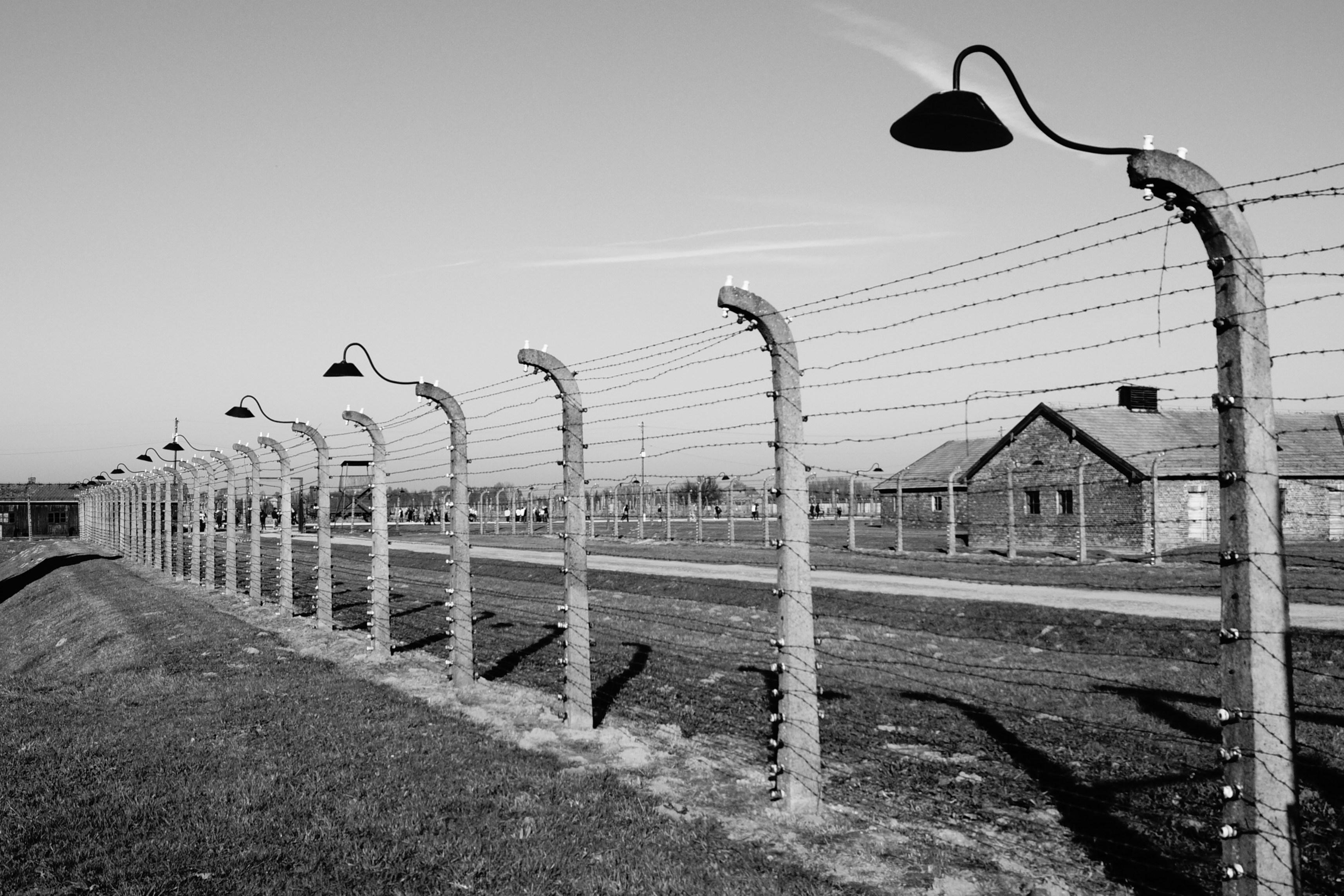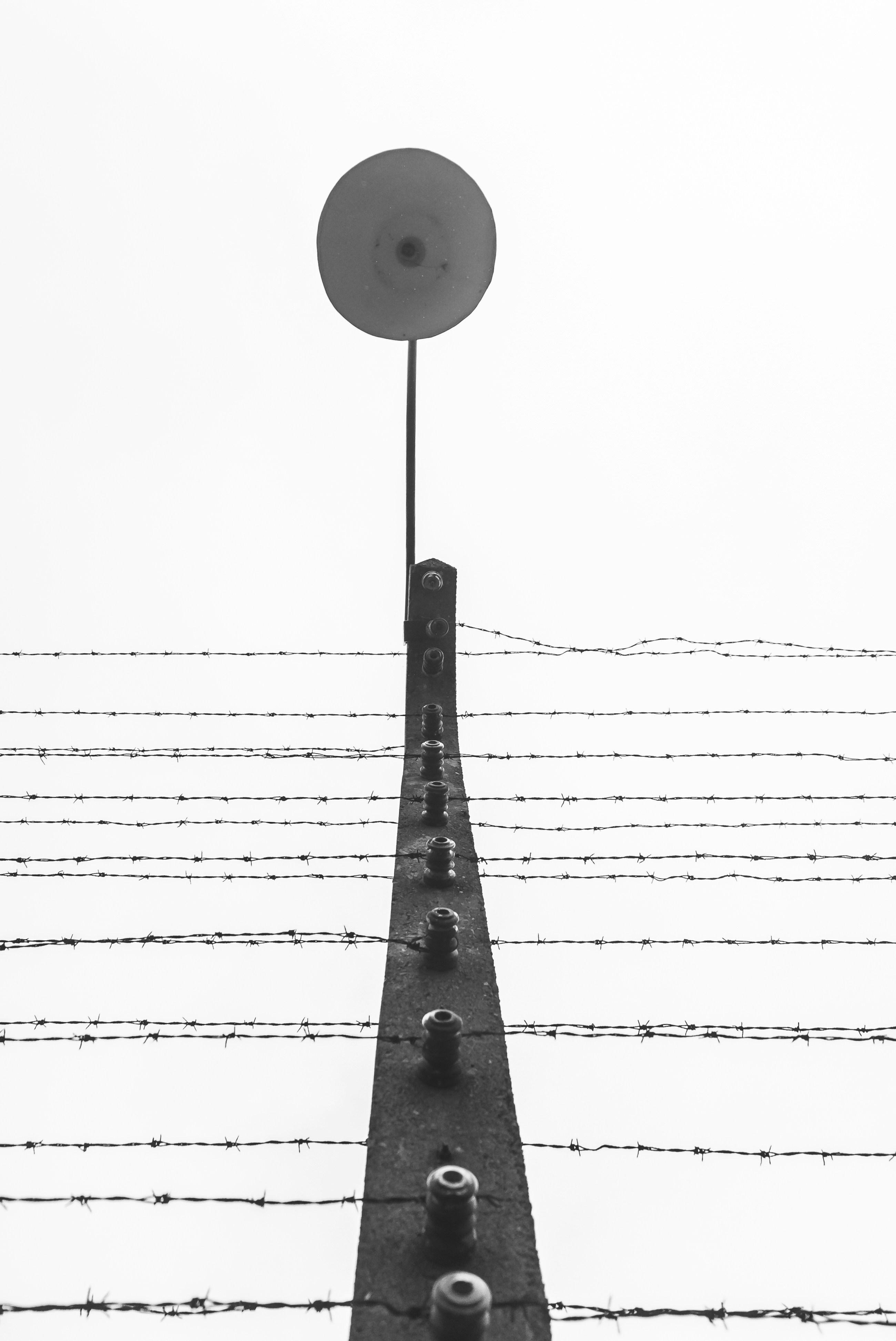“The Tattooist of Auschwitz,” a novel by Heather Morris, offers a poignant exploration of the delicate interplay between love and horror set against the harrowing backdrop of a Nazi concentration camp. As a narrative grounded in the real-life experiences of Lale Sokolov, a Jewish prisoner tasked with tattooing identification numbers on his fellow inmates, the book navigates the complexities of human resilience amidst the darkest of circumstances. This article seeks to analyze how Morris artfully balances the seemingly dichotomous themes of romance and atrocity, creating a compelling narrative that not only illuminates the enduring power of love but also confronts the stark realities of historical brutality. Through a meticulous examination of character development, thematic juxtaposition, and narrative structure, we will explore how “The Tattooist of Auschwitz” transcends conventional storytelling to offer a nuanced reflection on the human capacity for hope and compassion in the face of unimaginable adversity.
Exploring the Interplay of Romance and Atrocity in The Tattooist of Auschwitz
In Heather Morris’s The Tattooist of Auschwitz, the juxtaposition of romance and horror is skillfully woven into the narrative, offering a profound exploration of human resilience. The love story between Lale Sokolov and Gita Furman unfolds within the harrowing confines of Auschwitz, a setting that serves as a stark reminder of the cruelty of the Holocaust. Morris’s narrative technique captures the essence of love as a beacon of hope amidst despair, illustrating how even in the darkest of times, human connection can provide a sense of purpose and survival.
- The narrative uses the camp’s grim reality to contrast the tender moments between Lale and Gita, enhancing the emotional depth of their relationship.
- Symbolism is employed through Lale’s role as a tattooist, marking both the dehumanization process and the indelible bond he shares with Gita.
- The story challenges readers to contemplate the complexities of love under extreme circumstances, where each act of kindness becomes a form of resistance against the pervasive atrocity.

Narrative Techniques that Weave Affection and Despair
In “The Tattooist of Auschwitz,” Heather Morris employs a rich tapestry of narrative techniques to intricately balance the seemingly opposing forces of love and horror. One of the most profound methods is her use of dual perspectives. By weaving together the intimate, personal experiences of Lale Sokolov with the overarching brutality of the Holocaust, Morris creates a poignant juxtaposition that highlights the resilience of the human spirit amidst unfathomable despair. This duality allows readers to engage deeply with the narrative, experiencing the raw emotions of love and fear as they coexist in the most harrowing of circumstances.
Another technique Morris utilizes is symbolic imagery, which serves to underscore the narrative’s central themes. The act of tattooing, for instance, becomes a symbol of both dehumanization and survival. While the tattoos are a constant reminder of the prisoners’ suffering, they also become a testament to their endurance and the connections they form despite the oppressive environment. Through these symbols, Morris crafts a narrative that speaks to the complexity of human emotions in times of extreme adversity. Her skillful use of these techniques ensures that the reader remains engrossed in a story that is as much about the indomitable power of love as it is about the pervasive shadows of despair.

Character Development Amidst Historical Tragedy
Amidst the haunting backdrop of Auschwitz, The Tattooist of Auschwitz masterfully weaves a narrative that explores profound character development through the lens of historical tragedy. The novel navigates the juxtaposition of love and horror, presenting characters who evolve in the face of unimaginable adversity. The protagonist, Lale Sokolov, undergoes a transformative journey, marked by resilience and hope, which serves as a testament to the human spirit’s capacity to endure. Through his role as a tattooist, Lale is forced to confront the grim realities of his environment, yet he manages to carve out moments of tenderness and connection, illustrating the duality of his existence.
- Resilience: Lale’s determination to survive and protect those he loves demonstrates a profound inner strength.
- Empathy: Despite the brutal circumstances, he remains compassionate, offering solace to fellow prisoners.
- Love: His relationship with Gita is a beacon of hope, highlighting love’s power to transcend the darkest situations.
The novel’s ability to balance these elements provides a nuanced portrayal of individuals navigating the complexities of their emotions while ensnared in a historical tragedy. Through the lens of character development, it becomes clear that the most profound transformations often occur under the most challenging conditions, allowing readers to witness the indomitable strength of the human spirit.

Recommendations for Readers Seeking a Nuanced Perspective on Historical Fiction
For readers seeking a nuanced perspective on historical fiction, “The Tattooist of Auschwitz” offers a compelling balance between the raw horror of history and the tender threads of human connection. This novel challenges the typical portrayal of love stories set against the backdrop of war, diving deeper into the complexities and moral ambiguities that define human resilience. While the narrative captures the grim realities of the Holocaust, it also provides a platform for understanding how love can endure and even thrive amidst unimaginable adversity.
- Complex Characters: The book presents individuals who are not merely victims or heroes but complex beings navigating an oppressive regime.
- Interwoven Themes: By blending themes of survival, love, and hope, the story invites readers to consider the multifaceted nature of human experiences during wartime.
- Authentic Representation: Based on true events, the novel offers a portrayal that is both respectful and enlightening, encouraging readers to reflect on the broader implications of history.
Through its meticulous attention to detail and emotional depth, “The Tattooist of Auschwitz” serves as a poignant reminder of the power of storytelling in bridging the past and the present.
Concluding Remarks
“The Tattooist of Auschwitz” masterfully navigates the delicate interplay between love and horror, offering readers a poignant exploration of the human spirit’s resilience amidst the darkest of times. Through meticulous character development and a narrative that oscillates between moments of tenderness and terror, the novel presents a nuanced perspective on the complexities of survival and the enduring power of love. By grounding its story in historical reality while weaving in the personal and emotional journeys of its characters, the book challenges readers to reflect on the dualities of human experience. Ultimately, it stands as a testament to the capacity for hope and connection even in the most harrowing circumstances, encouraging a deeper understanding of both the historical context and the timeless themes of love and endurance.
